Here is some data and a plot:
set.seed(18)
data = data.frame(y=c(rep(0:1,3),rnorm(18,mean=0.5,sd=0.1)),colour=rep(1:2,12),x=rep(1:4,each=6))
ggplot(data,aes(x=x,y=y,colour=factor(colour)))+geom_point()+ geom_smooth(method='lm',formula=y~x,se=F)

As you can see the linear regression is highly influenced by the values where x=1. Can I get linear regressions calculated for x >= 2 but display the values for x=1 (y equals either 0 or 1). The resulting graph would be exactly the same except for the linear regressions. They would not "suffer" from the influence of the values on abscisse = 1
